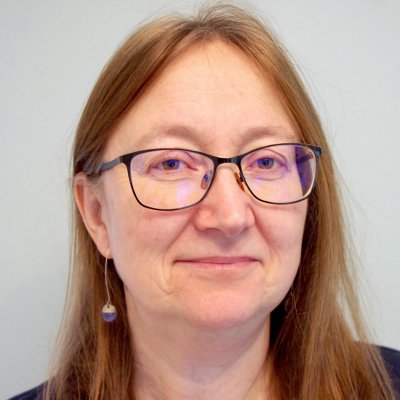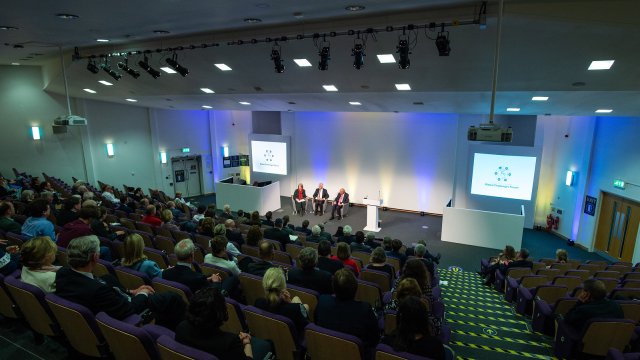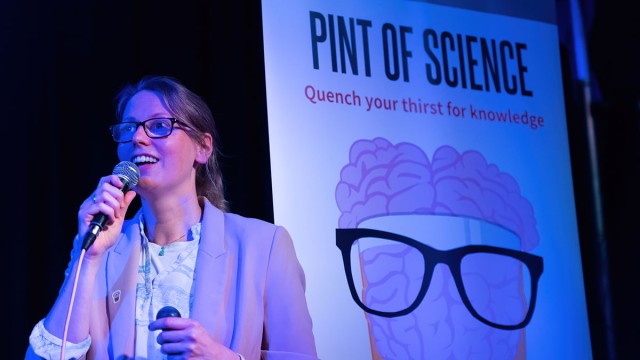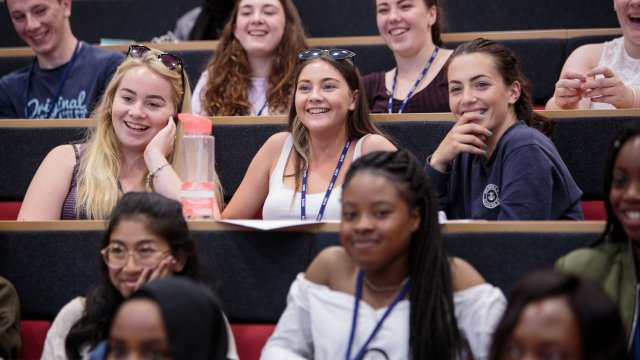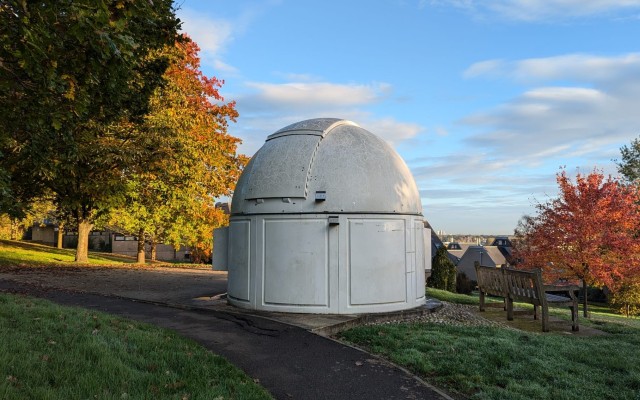School of Mathematics and Physics
Welcome to the School of Mathematics and Physics. Our friendly community dedicate themselves to delivering world-leading research and inspirational research-led teaching. We offer world-class facilities, industry partnerships, and an inclusive and welcoming student experience.
Our research and teaching encompass a broad spectrum of areas ranging from pure and applied mathematics and statistics to theoretical and experimental physics.
Welcome from the Head of School
Professor Anne Skeldon
Professor of Mathematics, Head of School

Our work
Our research focuses on big questions in areas of pure and applied mathematics and statistics as well as theoretical and experimental physics.
Latest news
Read our blogs
Mathematics blog
Physics blog
Cutting-edge research
Academics are world-leaders in their research fields
Fantastic facilities
Home to high-performance computing clusters, observatory, and state-of-the-art teaching laboratories
World-leading placement programme
Students gain hands-on experience in research, industry, healthcare, and government
Welcoming the community
We organise lots of events throughout the year for our Surrey community ranging from stargazing to comedy nights.
Upcoming events
Stay connected
Latest tweets
@SurreyMathsPhys




